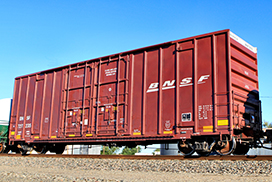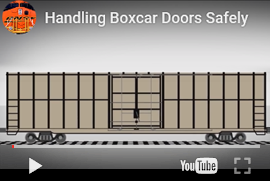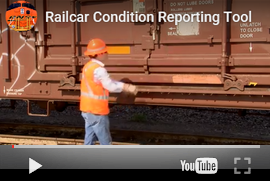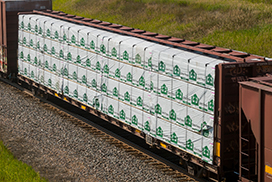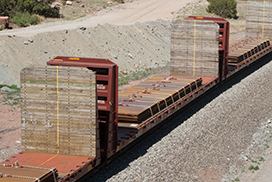There are no construction materials more significant than the wood and panel products necessary to build our homes and businesses. Because of this, we offer dedicated service and trusted assurance that we can get your product where it needs to be in top condition. Let us help you ship your plywood, OSB, particleboard or MDF, and gypsum wallboard efficiently and effectively.
We provide excellent geographic coverage with destinations in major metropolitan areas all across North America from Texas to Canada. Plus, we interchange with all Class I railroads.
Whether you’re shipping one carload or several, we offer consistent, reliable and cost-effective service.

